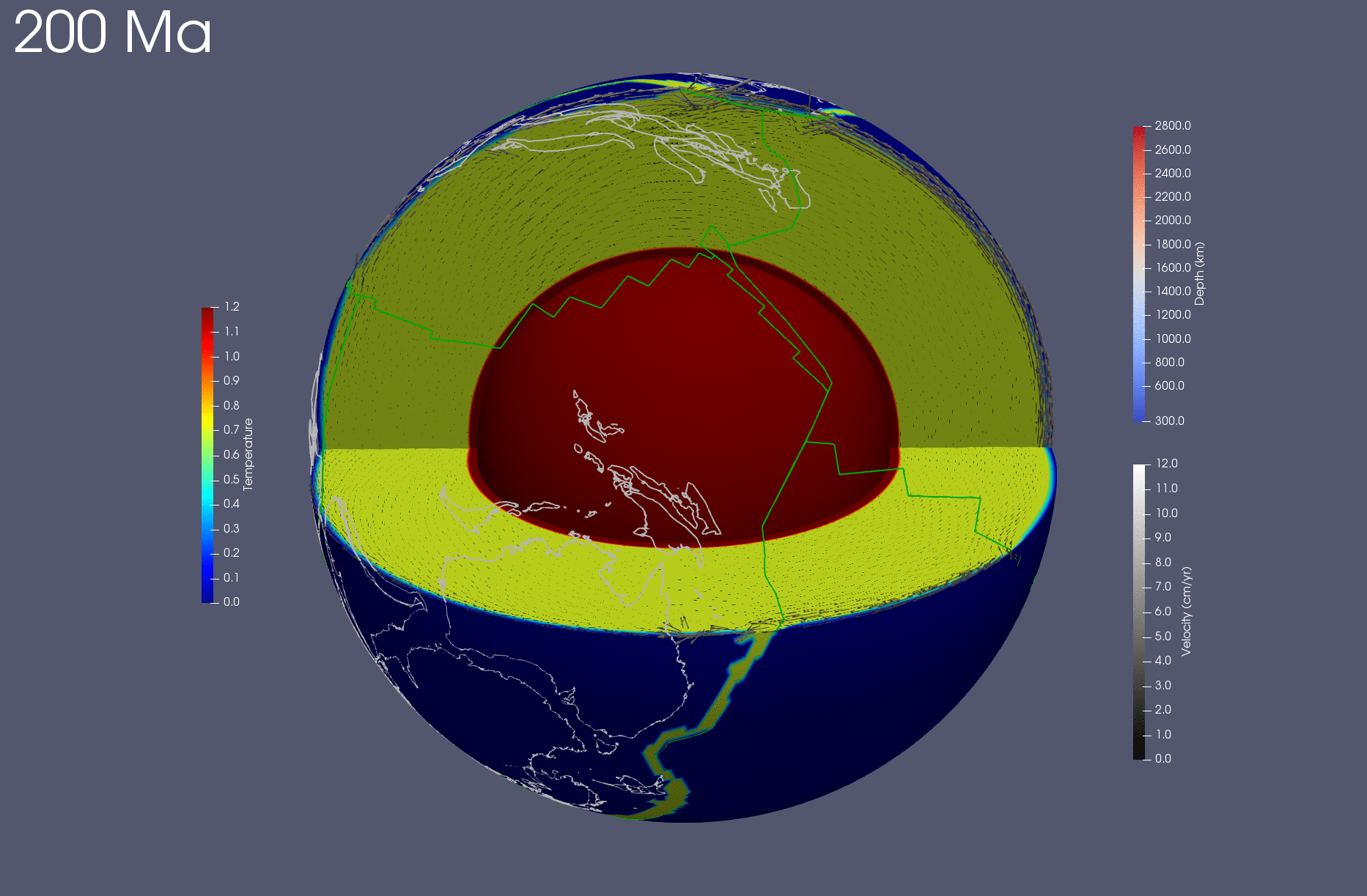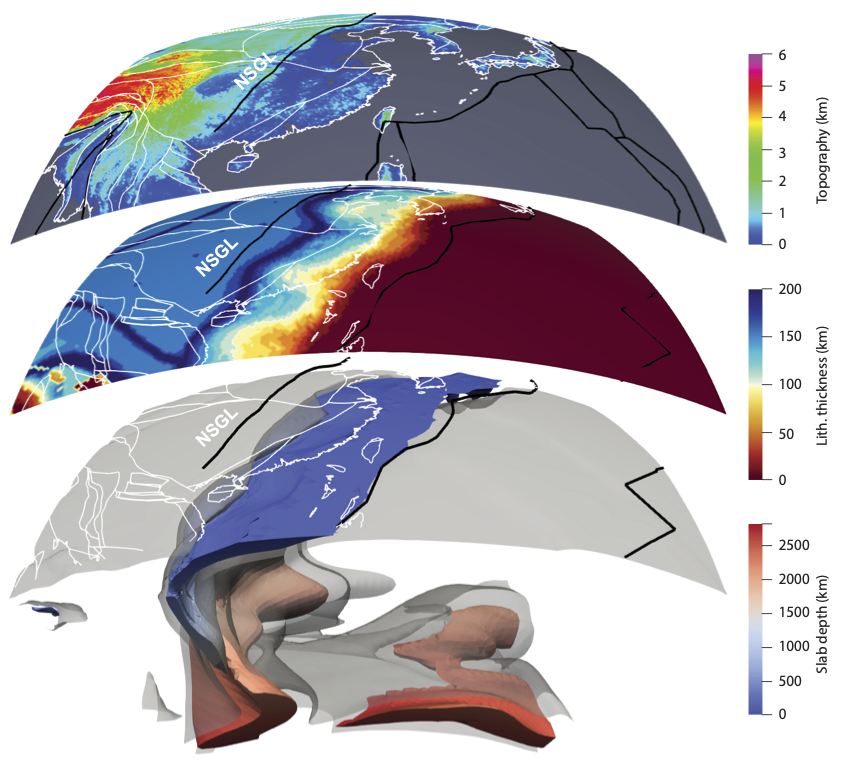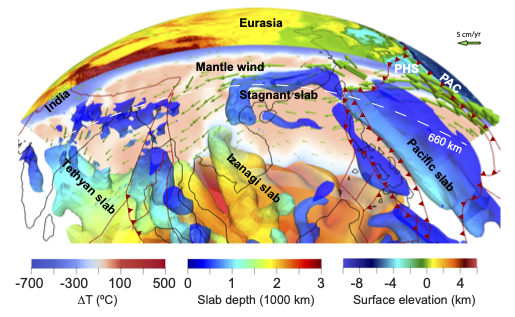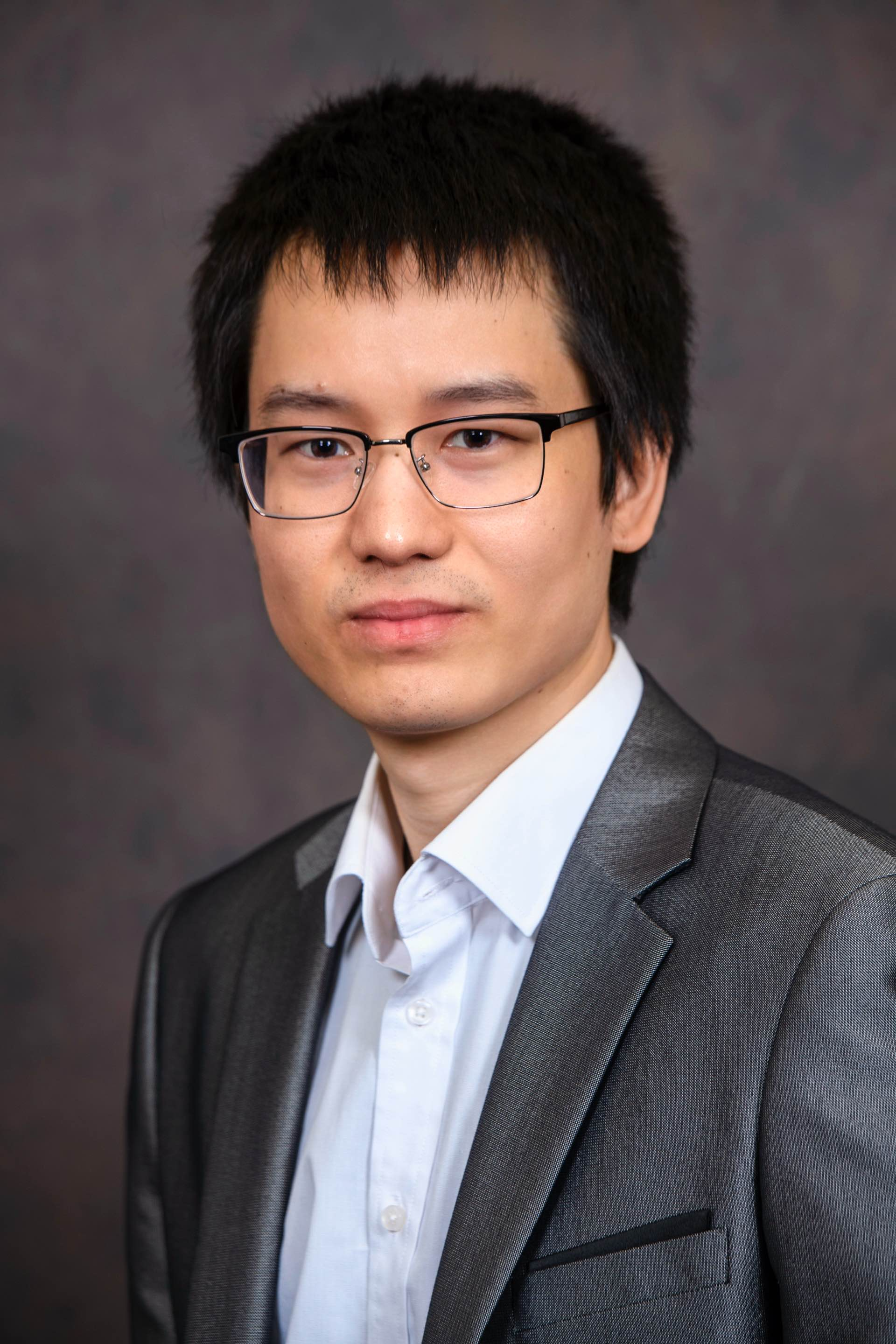About me
I am a postdoctoral scholar at the Scripps Institution of Oceanography, University of California, San Diego, working with Dr. Dave Stegman on slab-plume interaction dynamics. I earned my Ph.D. in Geology from the University of Illinois, Urbana-Champaign, under the supervision of Dr. Lijun Liu. Prior to that, I received both my Master’s and Bachelor’s degrees in Geophysics from the University of Science and Technology of China.
My research interests span a broad spectrum of geophysical topics, including, but not limited to, geodynamics, plate tectonics, mantle heterogeneities, seismic anisotropy, and the effects of mantle convection on surface topography.
Global data-assimilation models
 I run global thermal-chemical models with data assimilation to understand the Earth’s mantle dynamic and provide insights into the evolution of LLSVPs, the complex interplay between plumes and slabs, and the realistic topography. The results align with multidisciplinary observations, offering a comprehensive understanding of various geological phenomena.
I run global thermal-chemical models with data assimilation to understand the Earth’s mantle dynamic and provide insights into the evolution of LLSVPs, the complex interplay between plumes and slabs, and the realistic topography. The results align with multidisciplinary observations, offering a comprehensive understanding of various geological phenomena.
Subduction history beneath East Asia
One of my research focuses is reconstructing the subduction history of the Izanagi and Pacific plates beneath East Asia. By analyzing geological records and geophysical observations, I aim to elucidate the complex subduction and tectonic processes that have shaped this region.
The Late Cretaceous flat Izanagi slab
 My research has identified a continental-scale flat Izanagi slab beneath East Asia during the Late Cretaceous. This unique subduction event provides a compelling explanation for several key geological features in the region, including lithospheric structure, magmatic activity, and surface uplift/subsidence patterns. Prolonged subduction is likely the primary driver of this flat slab configuration.
My research has identified a continental-scale flat Izanagi slab beneath East Asia during the Late Cretaceous. This unique subduction event provides a compelling explanation for several key geological features in the region, including lithospheric structure, magmatic activity, and surface uplift/subsidence patterns. Prolonged subduction is likely the primary driver of this flat slab configuration.
The stagnant Pacific and Philippine Sea slabs
 The models reproduced the observed stagnant slabs beneath East Asia. I proposed a novel mechanism in which the formation of this stagnant slab is primarily controlled by a regional westward mantle wind. The simulated seismic anisotropy derived from mantle flow aligns with seismic observations, further supporting the existence of this mantle wind.
The models reproduced the observed stagnant slabs beneath East Asia. I proposed a novel mechanism in which the formation of this stagnant slab is primarily controlled by a regional westward mantle wind. The simulated seismic anisotropy derived from mantle flow aligns with seismic observations, further supporting the existence of this mantle wind.
The special Tonga-Kermadec subduction zone
 The Tonga-Kermadec subduction zone, characterized by its exceptionally high convergence rate, presents a significant challenge for modeling subduction dynamics. To address this, we employed a novel boundary condition incorporating nonlinear rheology. Our model successfully reproduced the observed slab structure and the opening of the Lau Basin. We found that the eastward migration of the Lau Ridge is linked to the basin’s formation.
The Tonga-Kermadec subduction zone, characterized by its exceptionally high convergence rate, presents a significant challenge for modeling subduction dynamics. To address this, we employed a novel boundary condition incorporating nonlinear rheology. Our model successfully reproduced the observed slab structure and the opening of the Lau Basin. We found that the eastward migration of the Lau Ridge is linked to the basin’s formation.
More research topics
More information about my research can be found in my CV.
